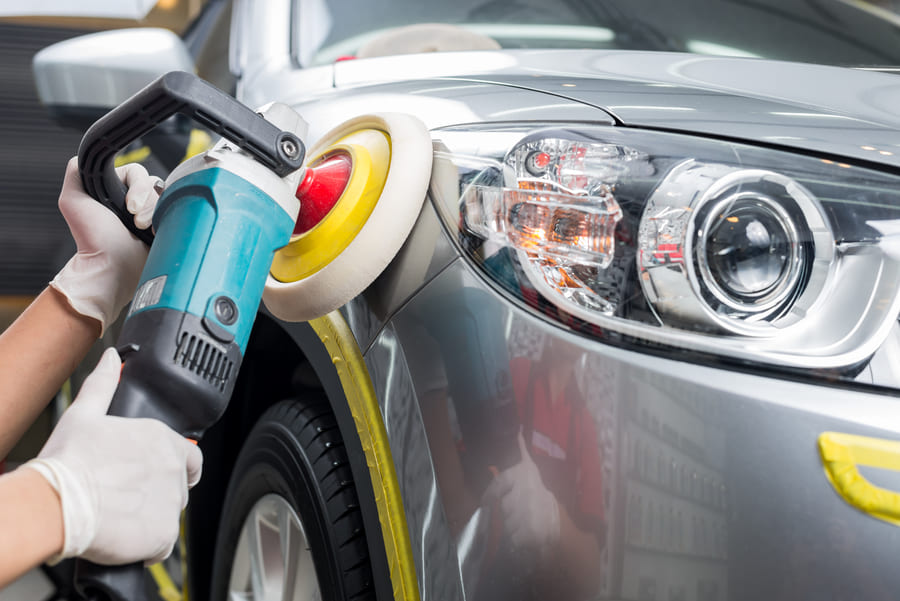
There are many benefits associated with polishing the body of your car as it not only freshens up the paintwork but also helps to preserve it. People often confuse waxing with polishing, but there are several key differences between the two. The polishing process involves the use of abrasives to correct paintwork imperfections, such as scuff marks, scratches, peeling, swirl marks and uneven layers. Waxing, on the other hand, creates a protective barrier, keeping the vehicle looking glossy and shiny.
It is important to only polish the car when it is needed because if you over-polish it, the paint will get too thin as the abrasive material gradually removes the layers. For the process to be effective, you will need to clean the vehicle thoroughly first to remove all of the dirt and grime. You will also need to make sure that you have the right equipment for this as some materials or tools may do more harm than good.
Preparation
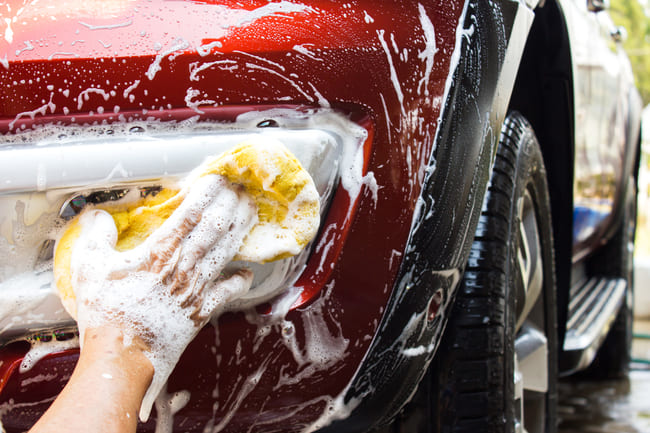
The cleaning stage is arguably just as important as the polishing process as any dirt or debris could scratch the surface and create more swirl marks.
If you want to do this like a pro, you can follow these simple steps to ensure that the surfaces are fully decontaminated.- First you will need to wash the car thoroughly using water, a simple car wash shampoo and soft microfibre towels or wash mitts. You should stick to a very basic shampoo that doesn’t contain any wax or gloss-enhancing agents as these may reduce the effect of the polish.
- The next step is to decontaminate the surfaces to remove any tar or other residues that might be stuck to the paintwork. This can be done chemically or using clay. There are clay bar and pad kits designed for this purpose. Before using a clay bar, you need to spray the clay lubricant on the clay as well as on a small area of the car body. Gently rub the clay back and forth along the lubricated surface. Remember to keep the clay well lubricated and keep folding it so that you are using a clean side. When the paint feels smooth and you can glide over it with the clay, this step is complete .
- Once you have finished decontaminating the car, it will need to be rinsed again with water and a clean microfibre cloth to remove any clay residue. Make sure to dry it thoroughly to prep it for polishing.
Polishing a car by hand
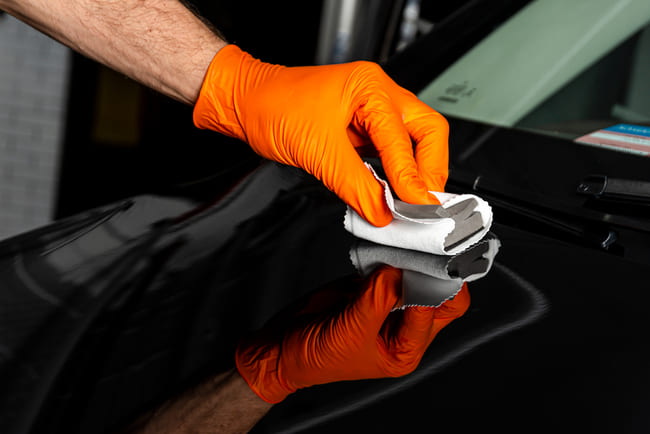
If you’d like to do it the good old-fashioned way, you will need a microfibre or foam applicator pad, a microfibre towel and a suitable all-in-one polish. Start with small sections of the car and work your way around instead of trying to tackle the whole thing at once.
How to polish a car using a machine
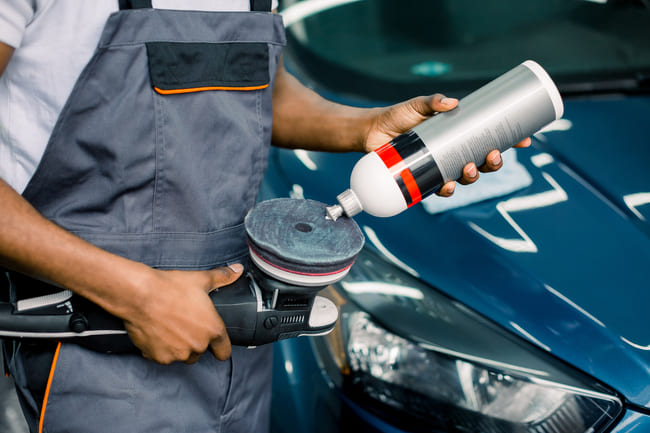
Using a dual-action or rotary polisher (buffer) will save you lots of time. Polishing the vehicle by hand can get very tiring and these machines often produce better results. However, you will also need to be more careful as polishers can be very powerful.


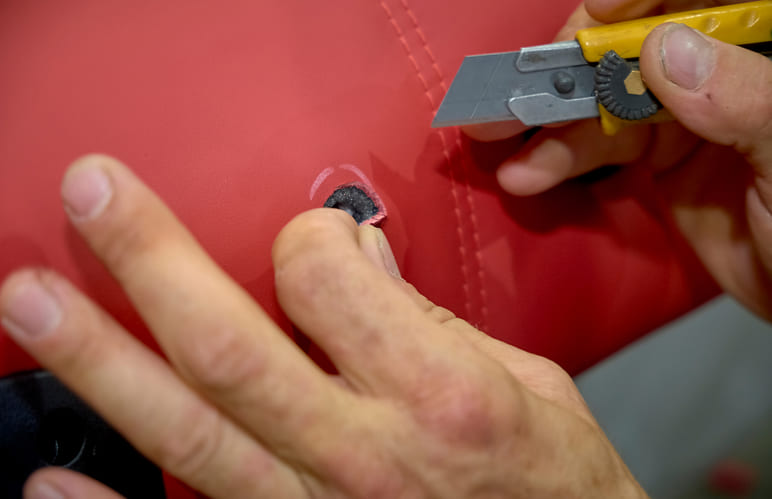
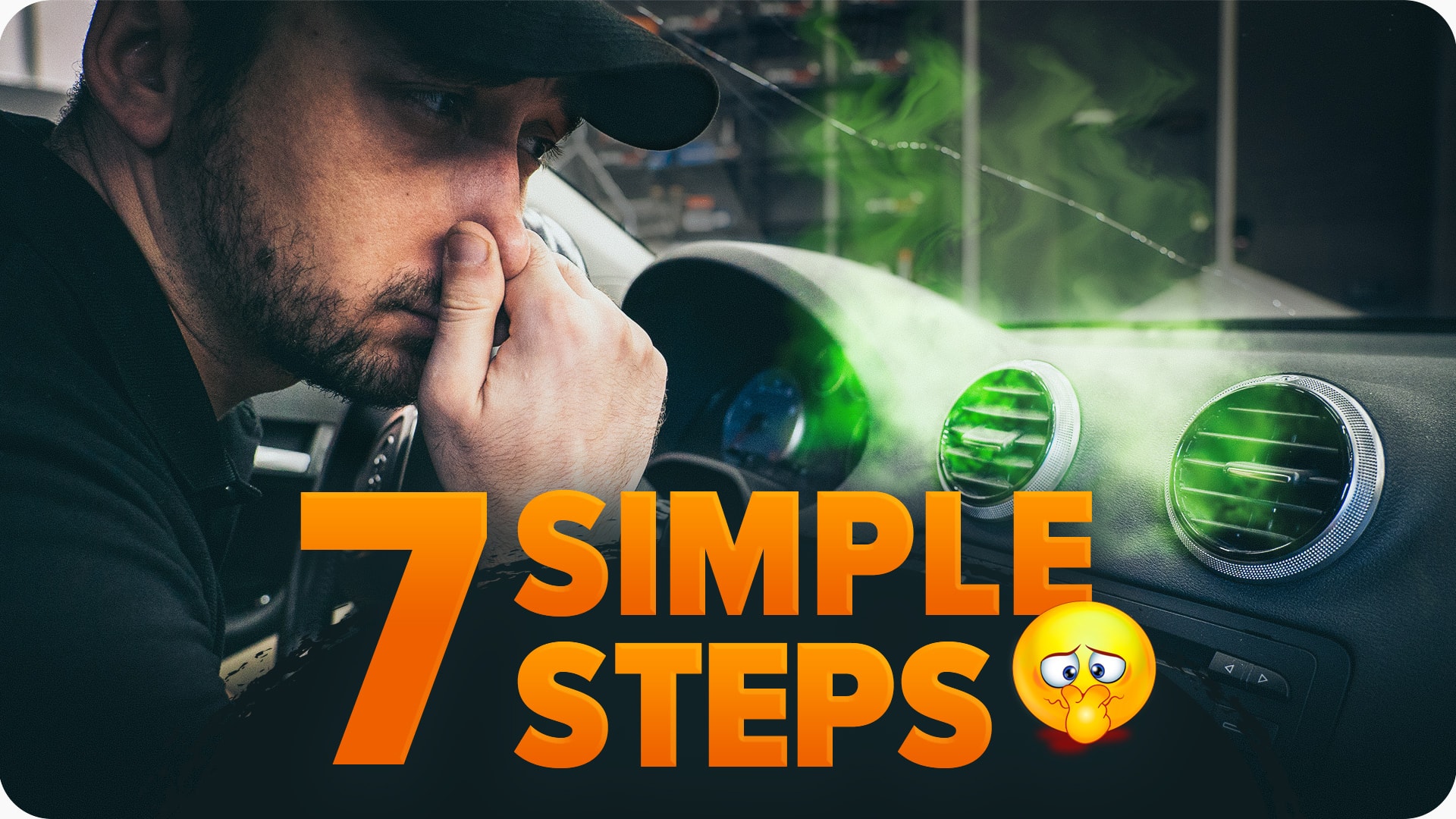
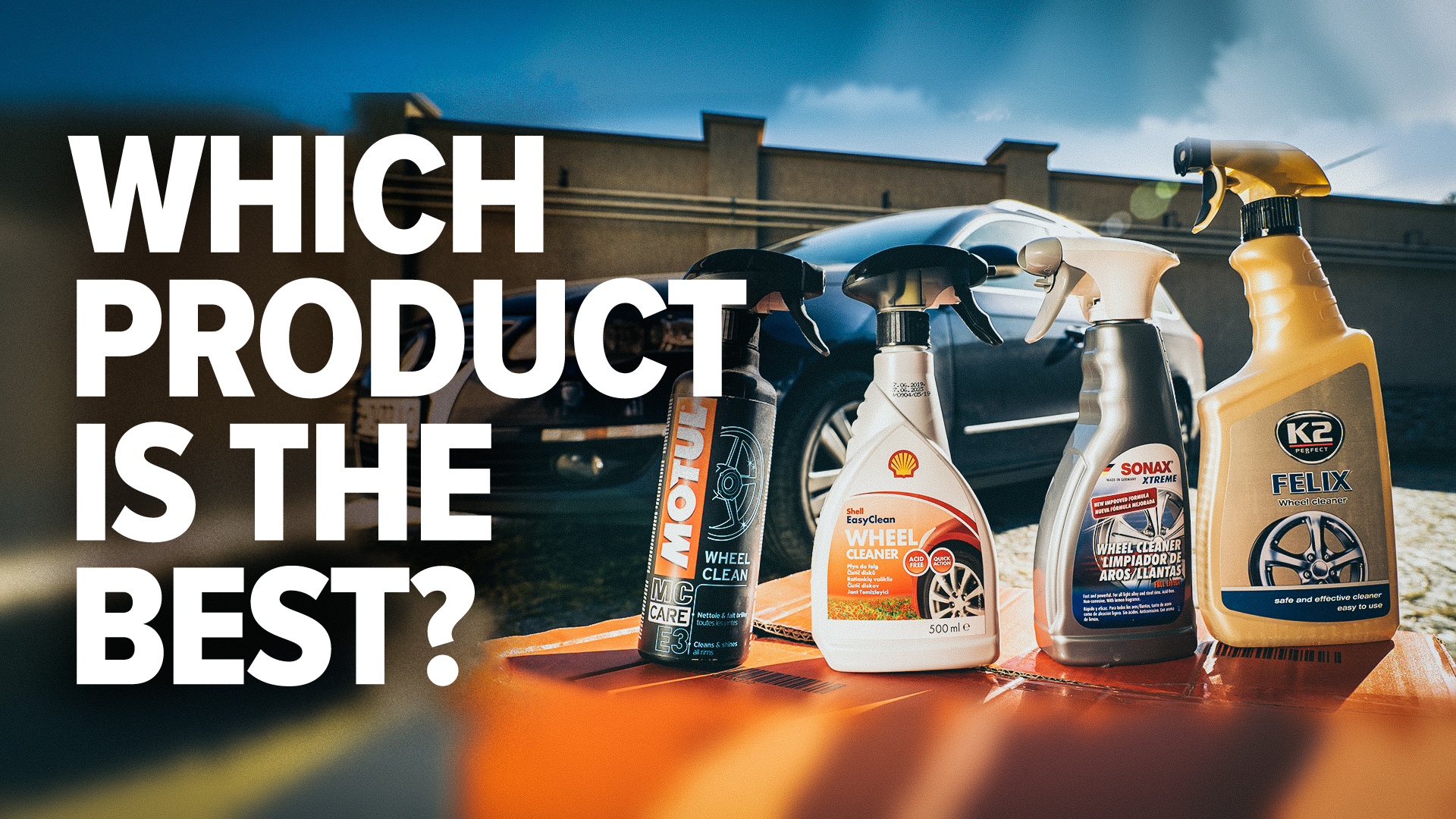

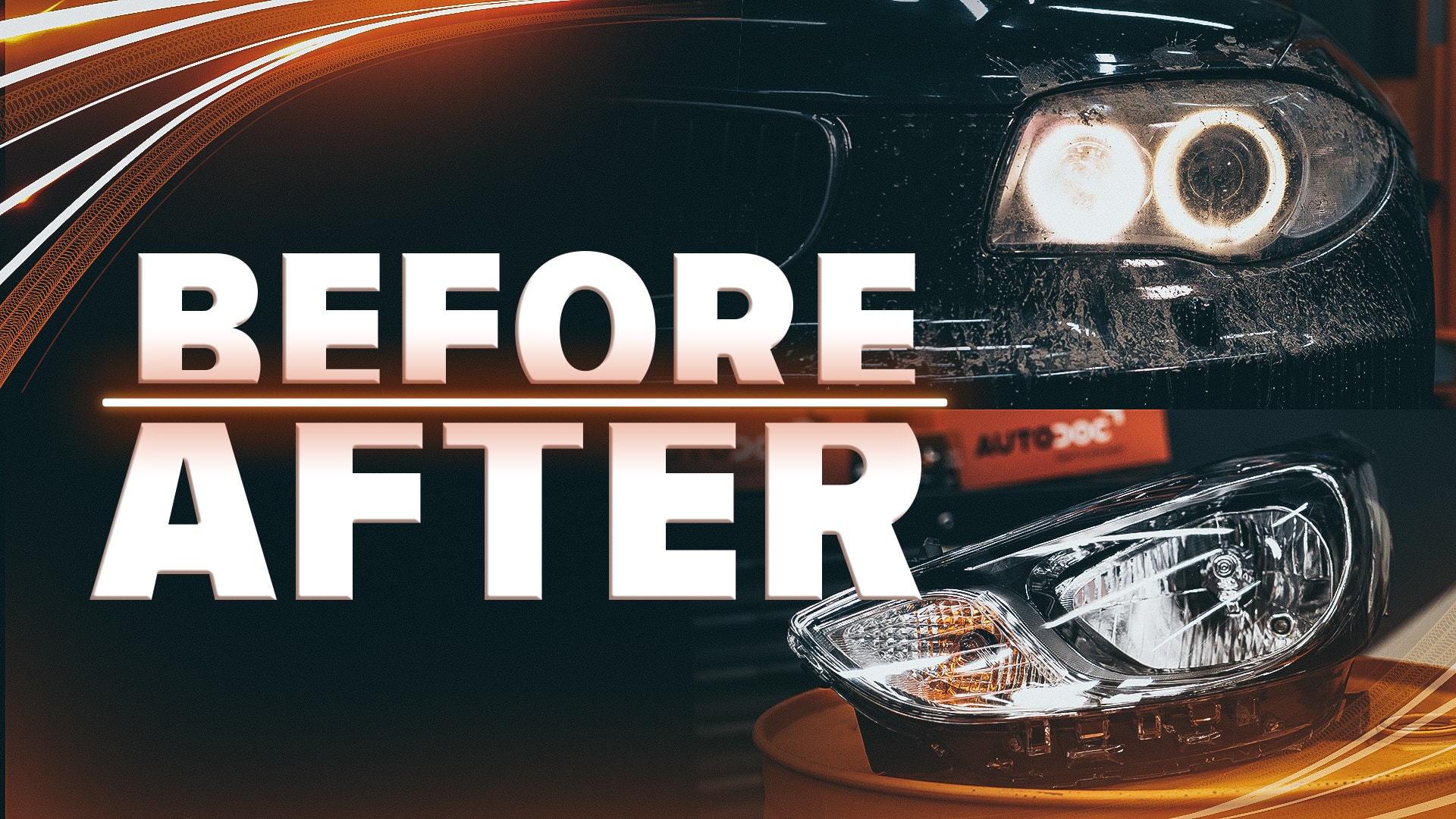
Comment